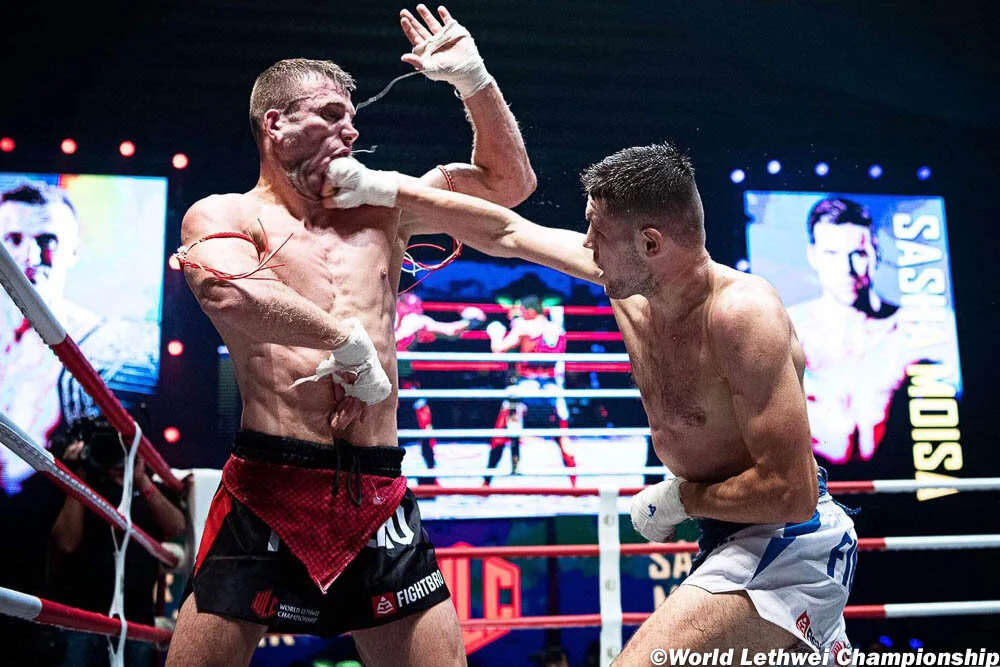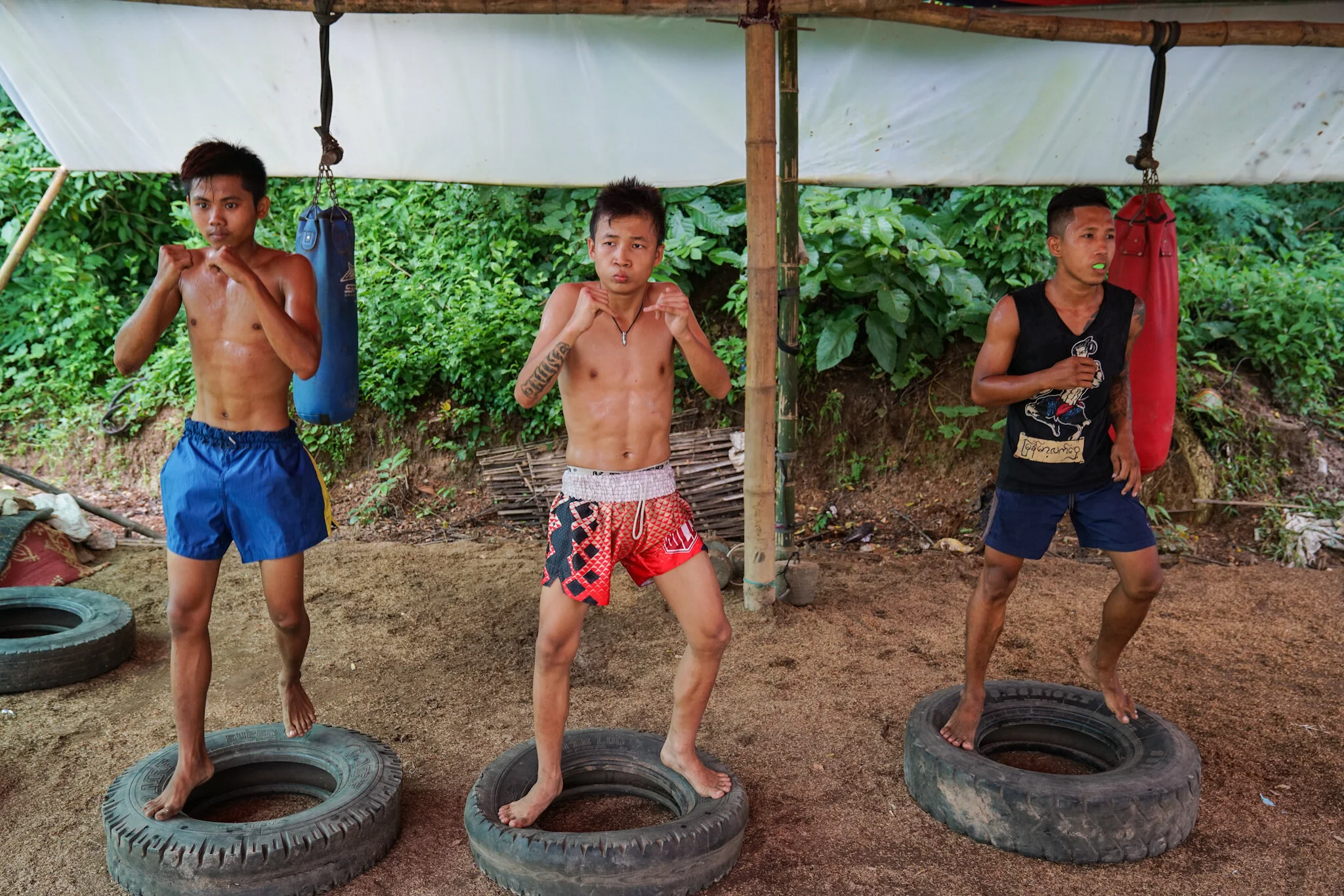Violent World Of Burmese Lethwei
Author: Ryan B (Vovinam and Karate Practitioner, TUS Guest Writer)
A bit of history
Lethwei (pronounced La-Way), also known as Burmese Boxing, and the Art of 9 Limbs, is one of the most brutal fighting sport to date. Often compared to Muay Thai with fighting style and function, Lethwei adds the bare-knuckle aspect and a plethora of aggressive techniques with some that are normally not allowed in regulated fights. Lethwei fights are usually regulated to five, three-minute rounds, and a two-minute rest between rounds. By the end of the fight, if there was no knockout, the fight is declared a draw. This forces the fighter to be aggressive and strategic with the techniques they use. In Lethwei you can win in three ways: knock your opponent down three times, knock them unconscious, or injure them so badly that they are unable to continue.
The history of Lethwei reaches far back to the ancient art of Bando (unarmed fighting from the Pyu Empire circa 2nd century BCE to 11th century). It was used in the armies alongside Banshay (armed fighting) to fight off neighbouring countries. It wasn’t until approximately 1000 years ago, during the rise of the Pagan Kingdom, it was initially formed to what it has become today. During British rule (1824-1948), Lethwei almost became extinct as it was forbidden to practice, much in the same as Vovinam was during Vietnam’s French occupation. It was kept alive in secrecy in small, far away villages. Farmers and peasants trained out of the sight of the British. It was shown in pagoda festivals, funerals and other Buddhist practices during harvest. To this day some only practice this way, the ‘old’ way. After world war 2 it was no longer a forbidden Martial Art. In 1954 and forward, “The Tiger” Kya Ba Nyein started drawing new rules and regulations to bring Lethwei out of its then-current state of disarray. It was his efforts that created the structure for Lethwei to develop into what it is today, but the hurdle he couldn’t get over was the Military takeover of the government in 1962 that put the country in isolation. It wasn’t until 2011 when the country was re-opened that Lethwei could gain speed. With the worldwide interest in MMA and the like, Lethwei began to evolve into a hosting sport for fighters from all over the world to partake in. The WLA (World Lethwei Championship), not unlike Kya Ba Nyein, started to alter the rules and regulations to cater to a worldwide audience. Ringside judges and the omittance of the 2-minute time out set the stage for contestants from across the globe.
Brutal reality of training
In Lethwei, every limb is a weapon, and every part of the body is trained to take impact, but realistically, the human body can only take so much damage before it collapses. If the fight has gone to the point where one contestant is incapable of defending himself after a 10-count, the referee or ring doctor can call the match. International matches usually requires a judging panel as well but traditional Lethwei fighting format does not. Training on punching bags, punching pads and shadow boxing are all standard methods for practice. Running, jump rope and other similar/familiar methods are used to build cardio and stamina. Partner training for clinch, throws, and general sparring is used as well. Lethwei techniques include all punch variants, all kick variants, clinching, sweeps, throws, takedowns, throws, all elbow techniques, all knee techniques, and headbutts. The use of gloves is prohibited in Lethwei. The only permitted safety equipment is taped hands with gauze, groin protector and mouthguard.
Lethwei training is a full-body commitment to speed, agility and conditioning due to the high physical demand of the Martial Art. With the variety of techniques used and bare-knuckle impact, strict conditioning of the hands is practiced alongside shins and the rest of the body, comparable to other martial arts styles. Training to make every technique hit with strength and speed on attack comes hand in hand with training to duck, dodge and block the attack. Stamina is trained for clinching and throwing as it is hard enough to fight one round of Lethwei, let alone five. Most of this training is done outdoors in open-air makeshift training camps where fighters can even be found training in alleyways between living areas.This is slowly changing due to Lethwei’s rise in popularity after the win from a non-Burmese fighter that opened the world of Lethwei to eyes across the globe. Many camps use cheap yet reliable resources such as sandbags and tires as training aids. Punching boards (more commonly known as Makiwara in Japanese martial arts circles) are also used to train the knuckles, elbows, knees and feet. Most training camps are set up in stations. These stations are cycled through for the warm-up before multiple sparring matches to hone technical skills. The stations can include bouncing on tires, switching stances for stamina and balance, shadowboxing, heavy bag work for power training, and wooden punching boards for conditioning. Each camp is different but most consist of a variety of these styles of training and equipment.
Sports with a combative twist
Lethwei practitioners train to win, much like all combat-focused Martial Arts. Similar to Muay Thai, it’s basic function in the past was self Defense. It was initially used to fight other countries in the brutal tribal and inter-kingdom rivalries that plagued much of Southeast Asia for centuries. The rigorous training regime and focus on violence is what makes Lethwei techniques not just a sport but also a means of extreme defence. Punches, kicks, headbutts are all executed with pinpoint accuracy and extreme force that will put even the toughest of attackers back on their heels if not down on the ground immediately.
With roots dating back to the 2nd century BCE, this fighting Martial Art can finally establish itself as one of the world’s most deadly sports and also one of the world’s oldest. From the ancient armies to the back allies of Yangon, Letwhei puts peasant fighters and professional fighters on the same level. Raw fighting prowess with a no-lose attitude will bring out the warrior in anyone who enters the Lethwei ring.


